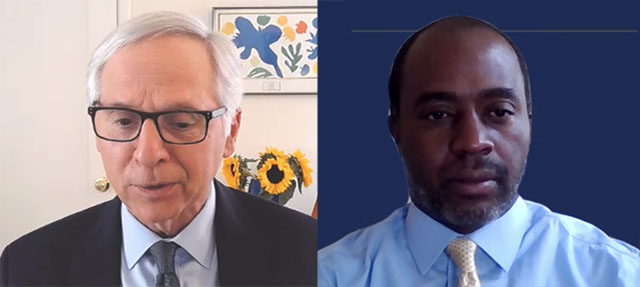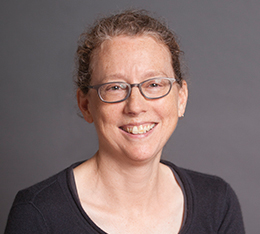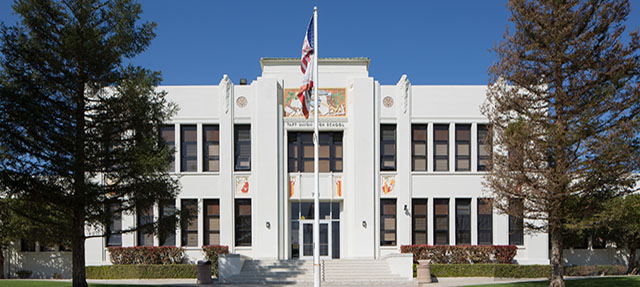As part of our Speaker Series on California’s Future, PPIC invites elected leaders from across the political spectrum to participate in public conversations. The purpose is to give Californians a better understanding of how our leaders are addressing the challenges facing our state.
PPIC is a nonpartisan, nonprofit organization. PPIC does not take or support positions on any ballot measure or on any local, state, or federal legislation, nor does it support, endorse, or oppose any political parties or candidates for public office.
As the COVID-19 pandemic continues, almost all of California’s K–12 students will be learning remotely for the time being. How can the state promote high-quality distance education? How will it help ensure that COVID-19 does not exacerbate inequalities in learning and outcomes? Last week, PPIC president Mark Baldassare and state superintendent of public instruction Tony Thurmond talked about how the state can support school districts during this challenging time.
For Thurmond, who took office in 2019, the challenges of COVID-19 are unprecedented. “This is probably the biggest challenge most of us will face in our lifetime,” he said. By his estimate, about 97% of schools are opening with online instruction. Given the situation, he said, “I think it’s great that our schools are opening in the most safe manner possible, and that’s distance learning.”
Thurmond noted that it has been challenging to provide guidance in the context of changing conditions. “Months ago, which feels like a lifetime ago . . . we had announced formal guidance on how schools might rearrange classrooms and rearrange personnel,” Thurmond noted. “It looked like we were headed for a safe reopening of all of our sectors, including our schools.”
But now, given the dramatic rise in COVID-19 cases, the state is focusing on supporting distance learning, “because we know that there have been . . . some learning gaps.” He said that much of the focus has been on providing effective social and emotional support, as well as “how much live instruction time students should get, a lot of family engagement, [and] a lot of work with computers.”
California’s longstanding digital divide poses another big challenge. At the beginning of the pandemic, Thurmond created a digital divide task force. “We knew students needed devices, we knew a million students didn’t have access to the internet,” he said. The state budget includes a Learning Loss Mitigation Fund, which has helped districts obtain devices.
Donations of equipment and reduced-cost internet have also helped, and a hundred California companies have been asked to give $5 million each: “We need a minimum of $500 million to meet the needs of our students around devices and hotspots,” he noted. However, he added, “It’s just not enough. . . . . We’re going to need a few billion dollars to build infrastructure in our rural communities that have no connectivity.”
Thurmond sees signs of progress in closing the digital divide—including some ambitious legislative proposals. And he views the current crisis as an opportunity to push for long-term change: “We’re using the momentum and urgency of responding to this pandemic to help us solve a problem that has been with us for a long time. And I believe we can solve this in the near future.”


